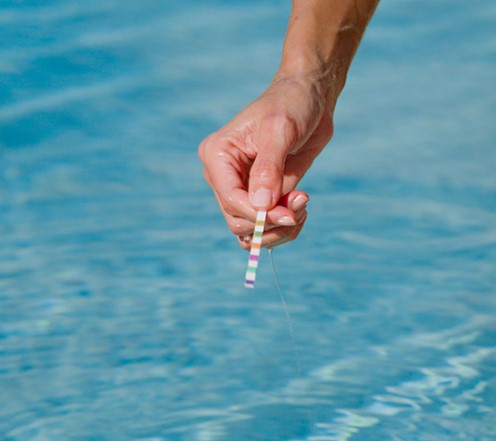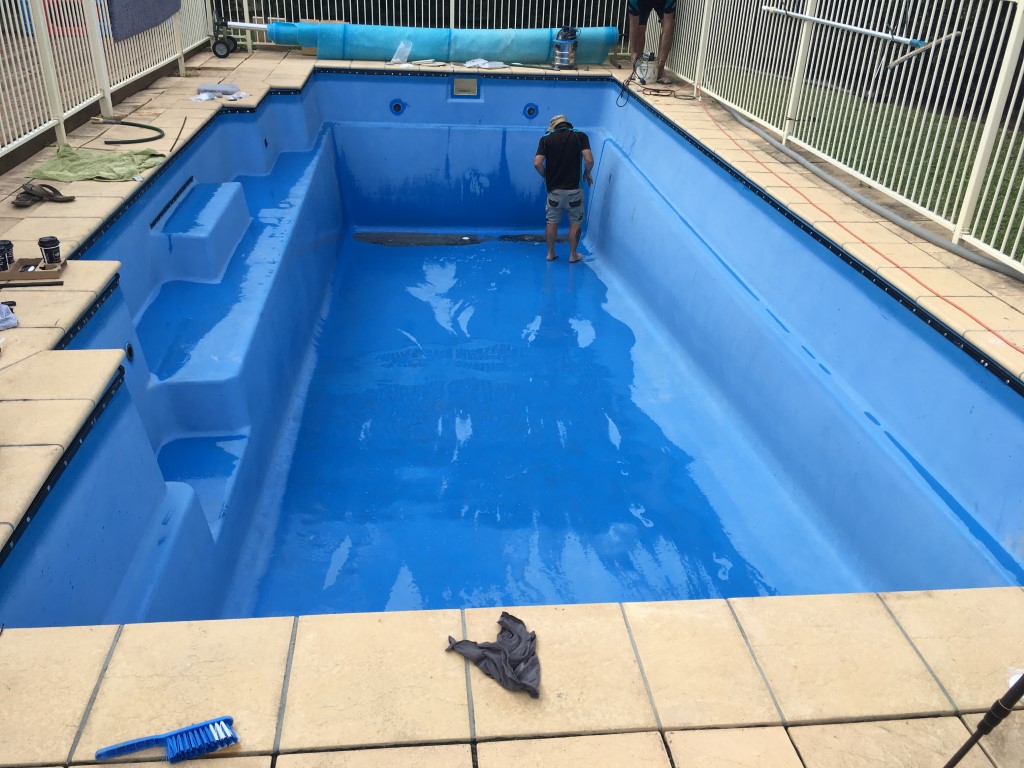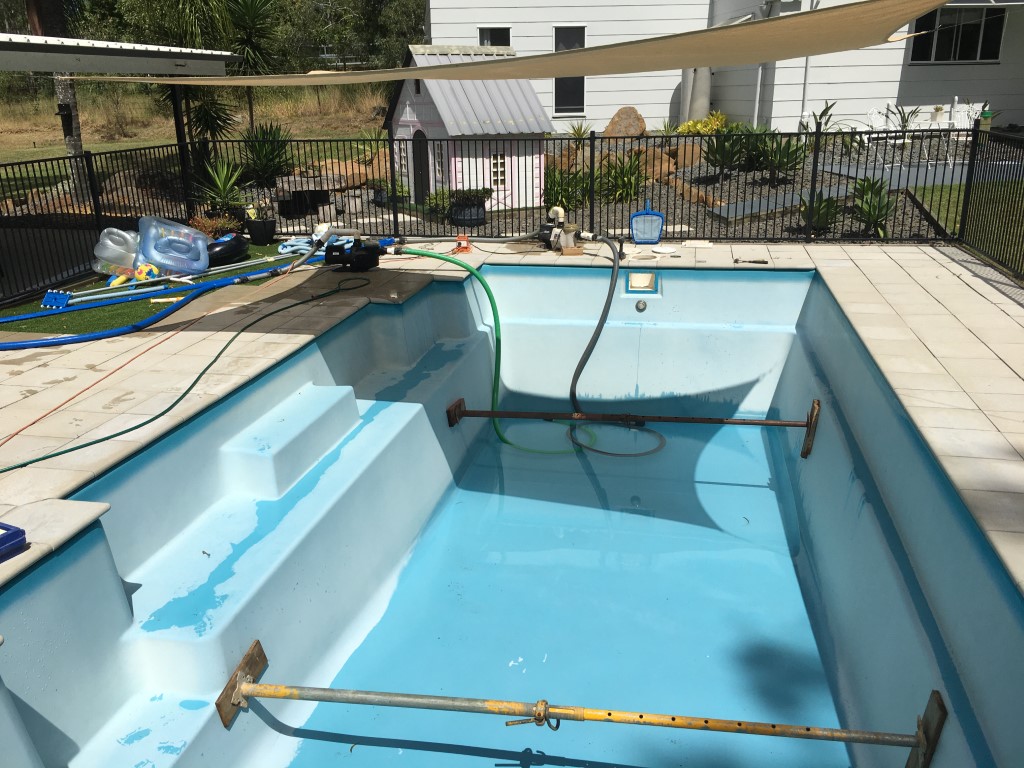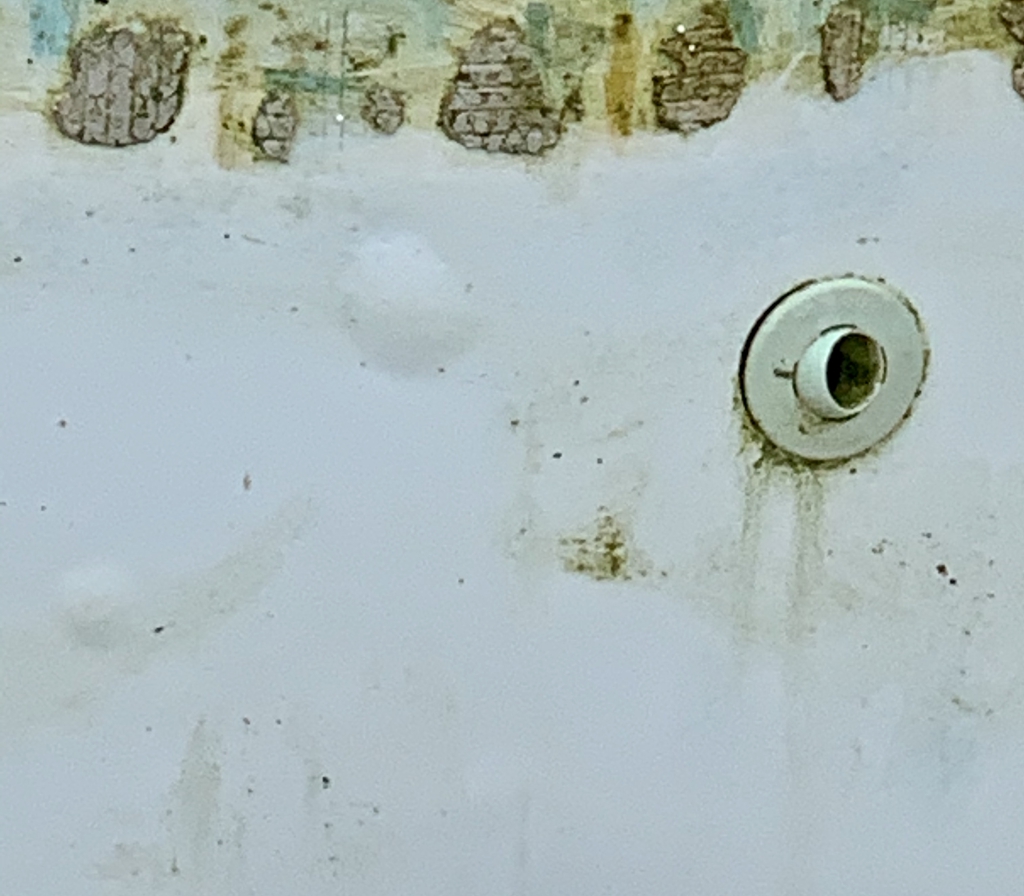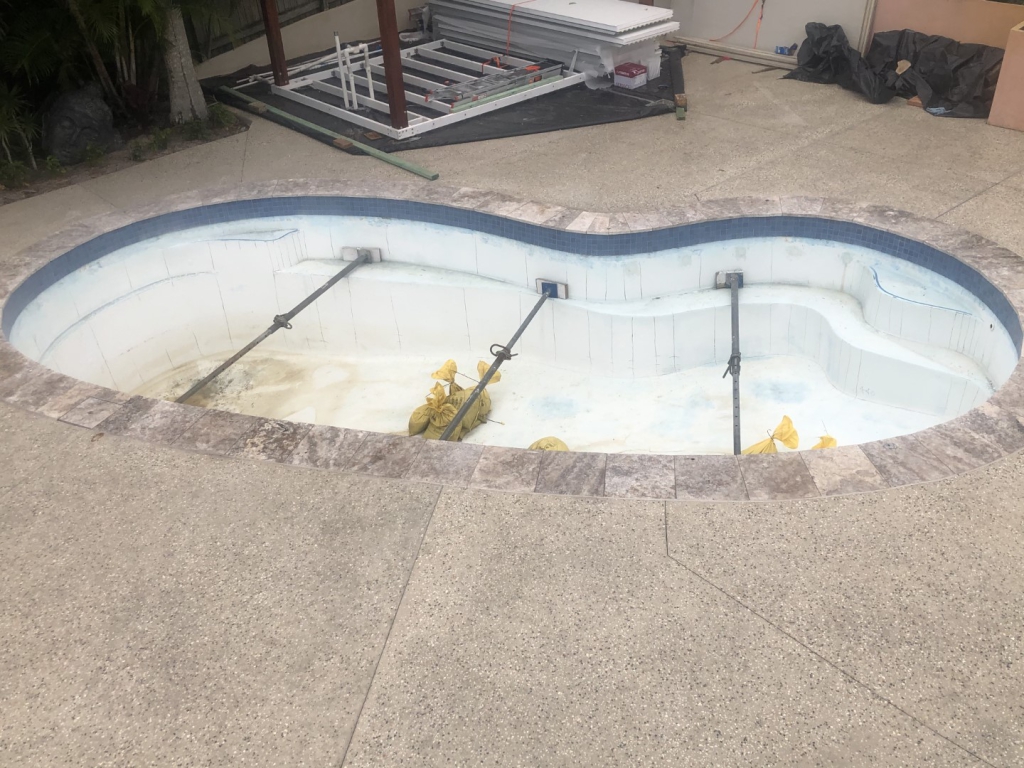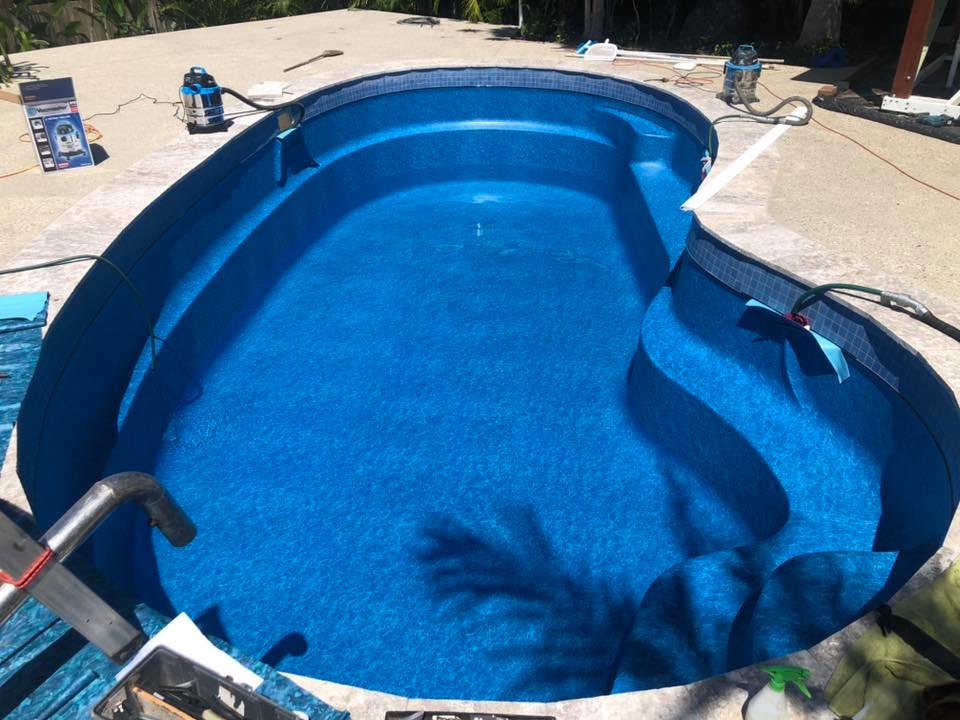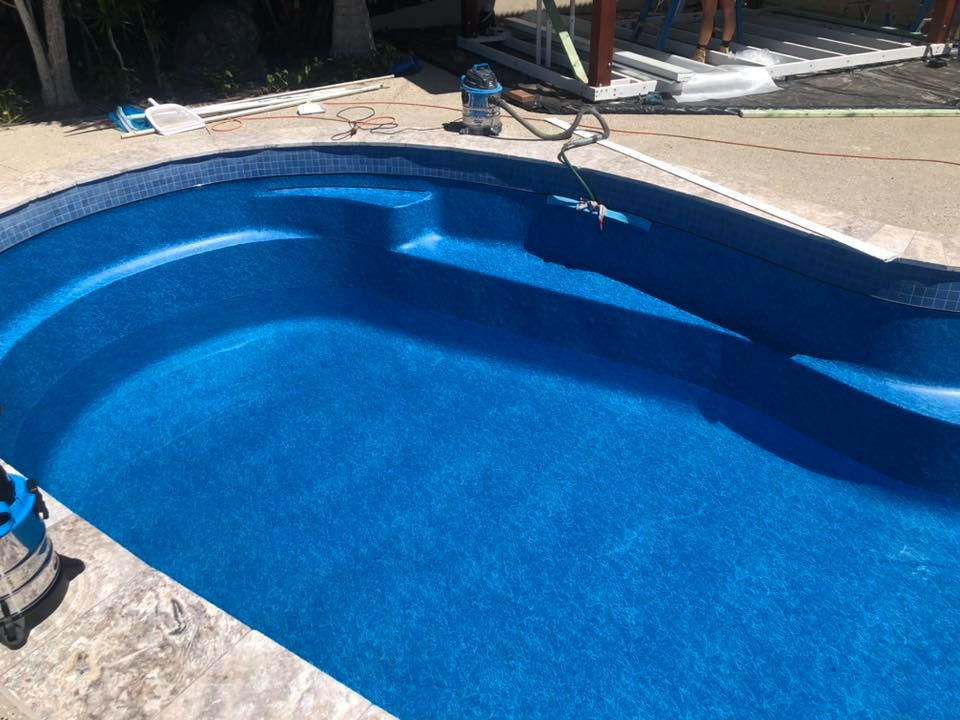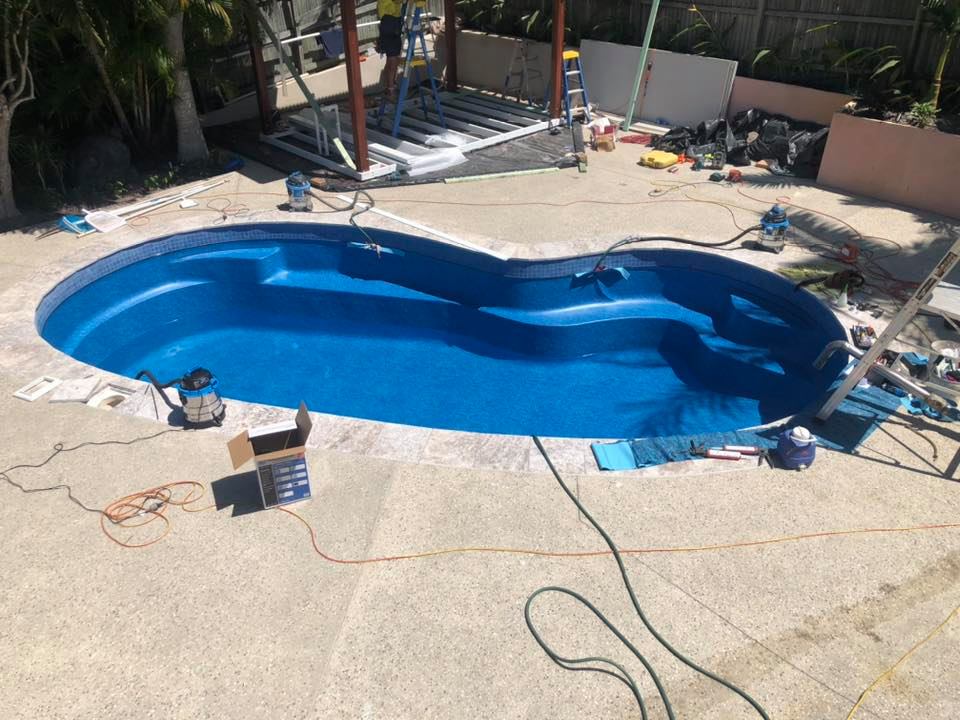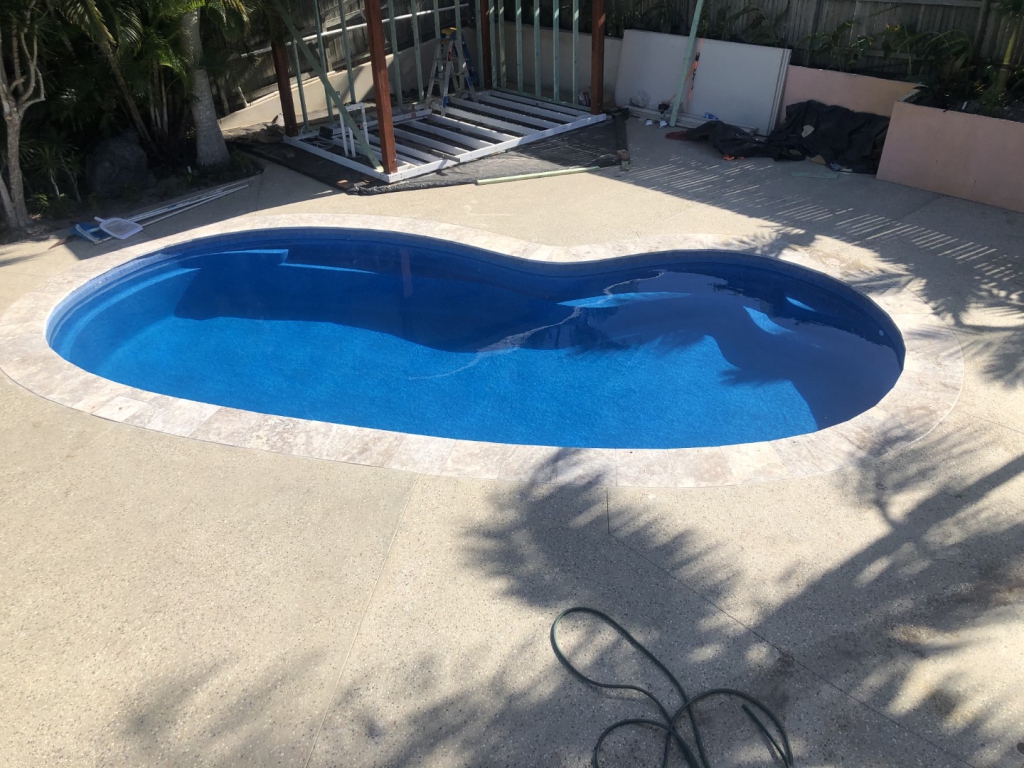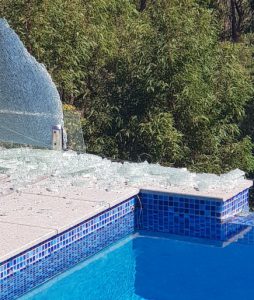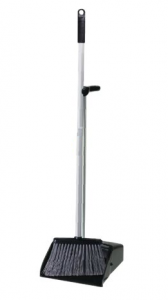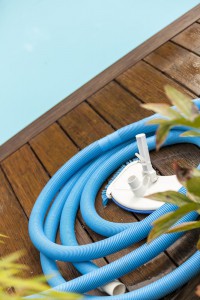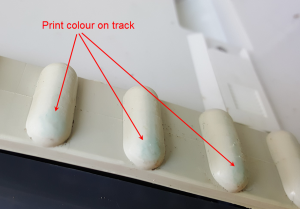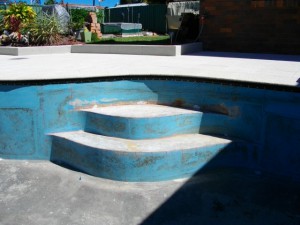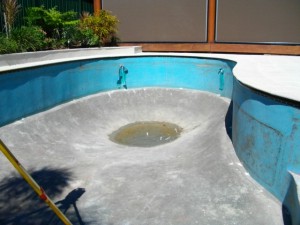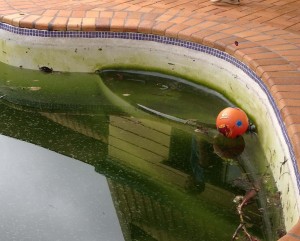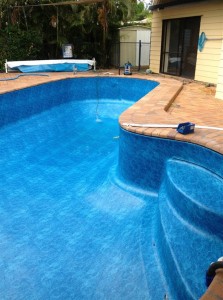Had extra people in your pool lately? You may have noticed a ring of grime around the waterline. If it’s a yellowish colour and feels a bit greasy to the touch, it is more than likely a combination of sunscreen, moisturisers, dead skin cells and body oils etc – it sounds gross, but they can float on top of the water and stick to the walls.
If you have a vinyl-lined interior such as Aqualux or a fibreglass shell, you can usually just wipe it straight off with a microfibre cloth. Get it while it’s fresh and you won’t need any chemicals – just a quick wipe will do it. (It’s even easier if you can throw the cloth at the last person in the water and get them to wipe the waterline down before they get out!)
Anyone who routinely gets a lot of waterline scum in their pool may benefit from using a chitosan-based clarifier such as our Vinyl Care & Protect or the Lochlor Ultra Kleer 4 in 1- products like these bind the fats and oils together and allow them to be filtered out, so they don’t sit on top of the water – thus preventing the scum line appearing in the first place.
Throwing a couple of clean, new (and fuzzy) tennis balls into the pool can also be helpful – as they float around they will pick up oil from the surface – just be sure to change them over regularly.
If you’re lucky enough to have a shower by the pool, a quick 10-second shower before jumping in goes a long way to reducing the amount of contaminants too.
If you can see a ring of grime has appeared on your pool waterline and you think it’s been there for a few weeks, you may find a gentle wipe is not enough, as a scum line left in the sun for weeks on end can become quite difficult to remove. If a quick wipe with a cloth isn’t working, spray with a vinyl waterline cleaner product and wipe off with a soft sponge (the sort you wash the car with – NEVER A MAGIC ERASER, and please don’t use microfibre with anything other than your pool water – don’t apply chemicals or cleaning products with microfibre).
Another product often used with success (which you probably already have under the sink) is Jif! Just a tiny amount on a sponge, and wipe gently. If that doesn’t clean it off, resist the urge to rub or scrub at it – if the grime has been allowed to “bake on” in the sun, it can become embedded in the surface. In this event, the best approach is to add a chitosan-based clarifier to the pool. Raise the water level to above the stain, then wait for the clarifier to work its magic.
If the ring is more of an orangey yellow, and doesn’t feel greasy at all, it’s possible it could be a chemical reaction between sunscreen and copper. The above suggestions should still help, but it’s important to remove the cause.
Copper is most commonly introduced into a pool through copper-based algaecides, so if adding an algaecide into your vinyl-lined pool, ensure it is not a copper-based one. Sunscreen/copper stains can appear quite literally overnight and are more likely to occur on the walls that get the most sun. Some brands of sunscreen seem to be worse than others, but if you find your swimwear or pool towels sometimes get orange stains after washing, or you have acrylic fingernails which turn a little orange or yellow after swimming you may like to try an alternative brand. Avobenzone and oxybenzone are common ingredients in sunscreens that seem to have this issue.

